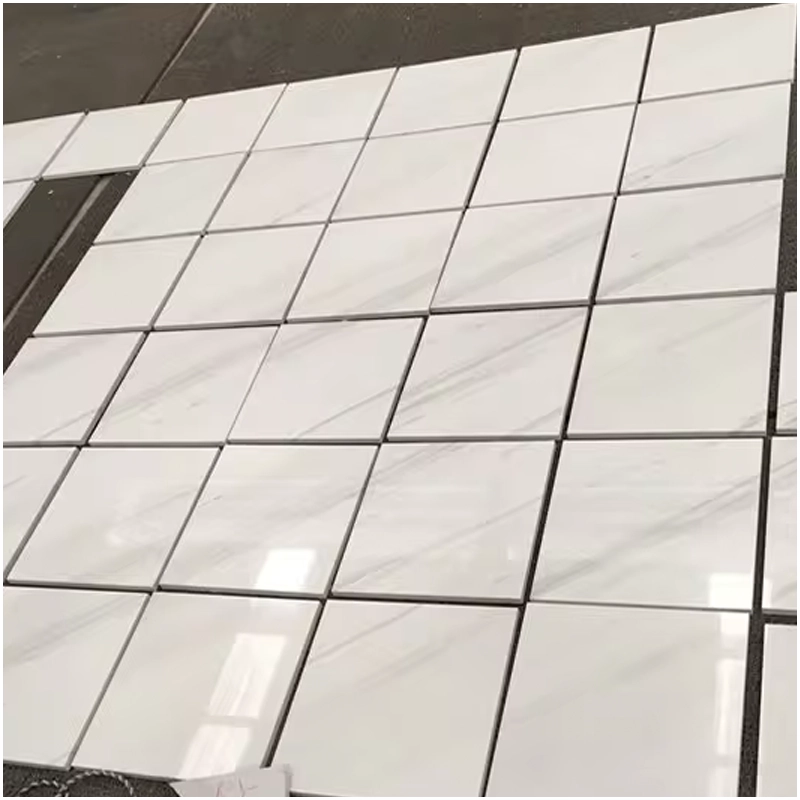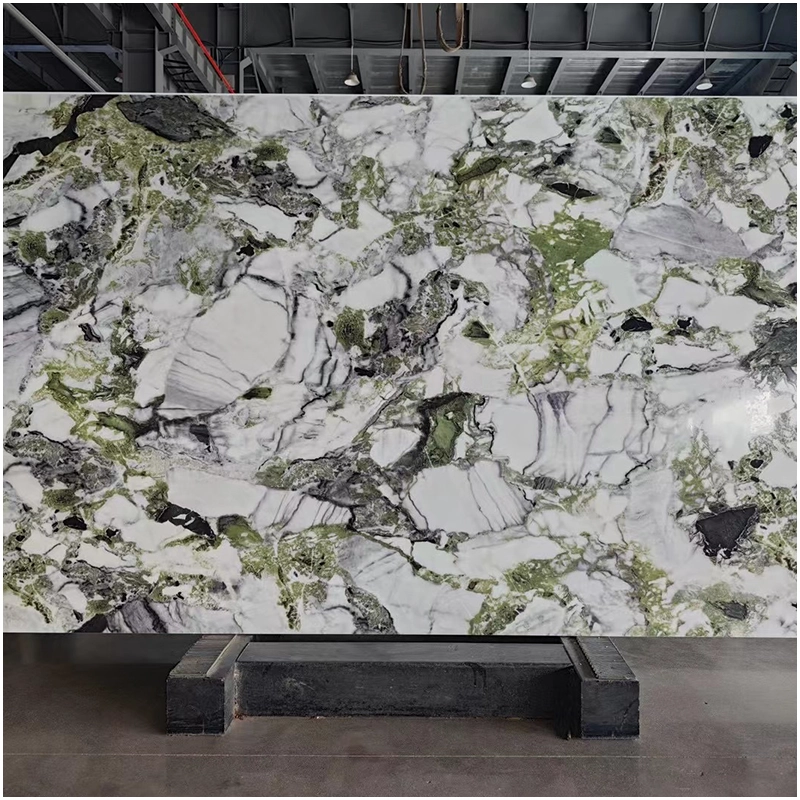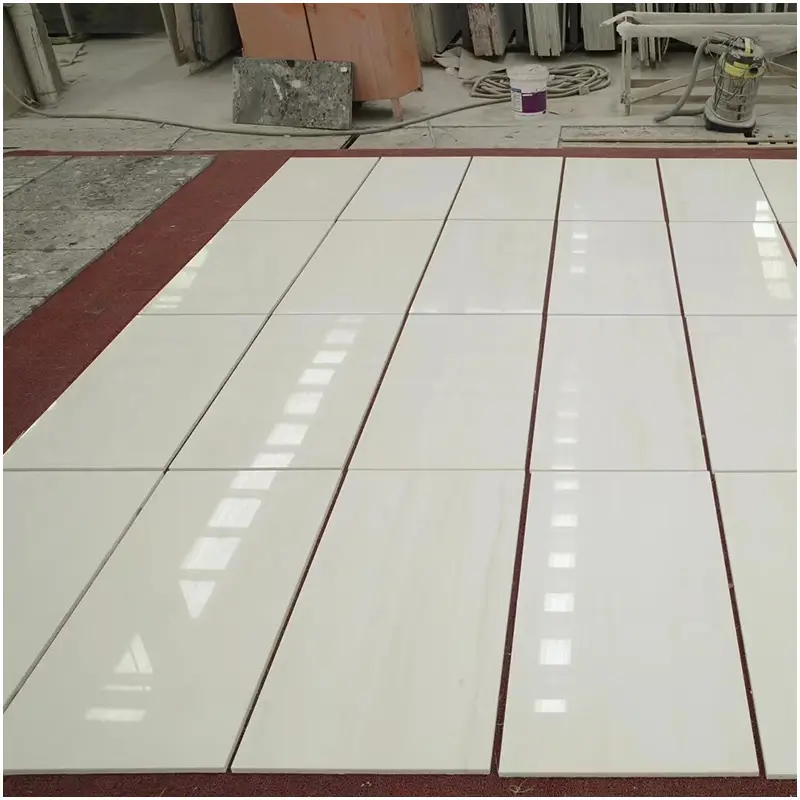The New Significance of Marble Colors in a Shifting Global Landscape
In today’s era of environmental consciousness and refined aesthetics, marble colors have taken on a dual role—one as a design element, the other as a symbol of responsible material sourcing. Across architecture, interior design, and urban development, marble colors are no longer chosen solely for visual appeal. They now reflect values like sustainability, local identity, and alignment with evolving global and regional policies.
As federal and local environmental policies increasingly shape material choices in construction and decoration, the natural stone industry—especially marble—faces new opportunities and responsibilities. At Forustone, we recognize this evolution and have aligned our collection of marble colors with not only market demand but also with long-term ecological and design visions. Visit us at www.forustone.com to discover sustainable elegance through carefully sourced stone.
The Timeless Appeal of Marble Colors
For centuries, marble colors have defined cultural architecture. From the warm golden hues of Mediterranean palaces to the cool, sleek whites of Scandinavian minimalism, marble speaks to permanence, beauty, and craftsmanship. Today, designers have access to a broader spectrum of marble colors than ever before. These include:
-
Classic Whites: Like Calacatta, Statuario, and Carrara, often used in kitchens, baths, and hotel lobbies for a clean and luxurious aesthetic.
-
Warm Beiges and Browns: Emperador Dark, Crema Marfil, and Botticino bring earthy comfort to interiors.
-
Bold Tones: Nero Marquina, Rainforest Green, and Rosso Levanto provide contrast and visual drama in commercial and residential spaces.
-
Subtle Neutrals: Grey and taupe marbles blend effortlessly with modern furnishings, emphasizing texture over color.
Marble colors are not just a surface treatment; they influence how a space feels, how light is reflected, and how users experience their environment. At Forustone, we curate stone selections to cater to both aesthetic needs and material performance expectations.

Global Sustainability Trends and Their Influence on Marble Choices
In response to growing concerns over carbon emissions, waste, and responsible sourcing, governments and industries around the world are updating their approaches to building materials. While natural marble is already considered a durable and recyclable option, its environmental footprint depends largely on:
-
Quarry management and extraction practices
-
Transportation distances
-
Energy and water usage in processing
-
Waste reduction through cutting and finishing efficiency
Europe’s Green Deal, Canada’s Net-Zero Building codes, and Australia’s federal-state collaboration on sustainable infrastructure all prioritize long-lasting, low-maintenance materials. Many of these initiatives view marble colors as part of a circular solution—when managed responsibly.
Forustone is committed to environmentally responsible quarrying, including partnerships with low-impact extraction sites, water recycling systems, and energy-efficient polishing facilities. We believe that beautiful marble colors can—and must—coexist with responsible earth stewardship.
State and Local Initiatives in the U.S. Impacting Natural Stone Selection
While federal environmental policy in the U.S. has recently experienced a rollback in certain areas, such as single-use plastic regulation, state governments continue to push for sustainability in the construction sector. States like California, New York, and Washington are integrating:
-
Green building certifications (e.g., LEED, CALGreen)
-
Material transparency labeling requirements
-
Procurement preferences for long-lasting and recyclable materials
These initiatives reward the use of natural stone due to its durability, low maintenance, and lack of synthetic additives. Certain marble colors, due to their availability and local sourcing potential, are especially favored in government and public projects.
As these regulations become more specific and widespread, Forustone is helping architects and contractors meet local requirements by providing traceable sourcing information and performance documentation for all our marble colors.

Technology Meets Tradition: Digital Tools for Exploring Marble Colors
One of the biggest evolutions in the natural stone industry is the adoption of digital platforms for color visualization, surface preview, and virtual layout planning. For designers and developers choosing between dozens of marble colors, this technology offers:
-
Real-time simulation of natural lighting on various marble shades
-
Comparison of surface finishes (polished, honed, leathered) across different marble colors
-
Online slab reservation systems based on actual inventory
At Forustone, we’ve implemented these tools to help our clients make informed decisions, especially when working on large-scale or international projects. By combining digital efficiency with the timeless beauty of natural materials, we make marble colors more accessible and more sustainable.
Interior Design Trends Driving Marble Color Preferences
In interior design, trends are closely linked to lifestyle shifts. As more people work from home and seek calm, functional spaces, marblecolors are evolving in their usage:
-
Light and Neutral Tones: Popular in open-plan living spaces, they reflect light and enhance airiness.
-
Darker Shades: Used to create moody, dramatic statements in bathrooms, fireplaces, and feature walls.
-
Veined Marble Colors: Increasingly used as artistic centerpieces in minimalist settings.
Sustainability-conscious consumers now also ask: “Where does this marble come from?” or “Is this stone produced under environmentally friendly conditions?” To meet these demands, Forustone provides transparency about origin, production methods, and compliance with local and international guidelines.
Architectural Applications of Diverse Marble Colors
The role of marble colors extends far beyond aesthetics. Architects use color to denote zones, emphasize scale, or reflect cultural identity. For example:
-
Hospitals and clinics often opt for white or light gray marble for cleanliness and calm.
-
Hotels and resorts favor bold veined marbles in lobbies to convey luxury.
-
Public institutions use regionally sourced marble in traditional colors to represent heritage and permanence.
-
High-end residential designs integrate varied marble colors across floors, countertops, bathrooms, and even furniture.
Each marble color tells a story—from formation deep within the earth to installation in a human-crafted space. At Forustone, we honor this story by preserving the integrity of each slab and matching it to the right application.
The Future of Marble Colors: Innovation, Preservation, and Responsibility
Looking ahead, marble colors will continue to evolve—not just based on fashion trends but through deeper collaboration between industry, government, and consumers. We anticipate:
-
Increased demand for locally sourced stone to reduce transport emissions
-
Expansion of reclaimed marble programs for renovations and restorations
-
Biophilic design driving the use of more natural textures and mineral-inspired hues
-
Innovative treatments that preserve natural beauty while enhancing durability and slip resistance
At Forustone, we’re investing in research and development to bring forward new finishes, improved sealing technologies, and eco-certifications that support both aesthetics and sustainability. Whether you’re specifying a commercial project or designing a private retreat, we offer marble colors that are as responsible as they are refined.

A Sustainable and Beautiful Future with Marble Colors
As policies shift, technologies evolve, and consumer awareness grows, the role of marble colors in architecture and design will only become more dynamic and meaningful. Natural stone offers unmatched longevity, timeless elegance, and—when sourced responsibly—true environmental value.
At Forustone, we proudly stand at the intersection of heritage and innovation. Our extensive range of marble colors supports everything from contemporary minimalism to traditional luxury, all while aligning with the global movement toward sustainable material use.
Choosing the right marble color is more than a design decision—it’s a statement of intention. It’s a commitment to long-term quality, environmental consciousness, and refined beauty. Visit us at www.forustone.com to explore our full collection and take your next project from vision to reality—with stone that lasts a lifetime and leaves a lighter footprint on the earth.







